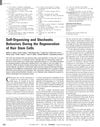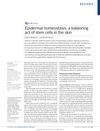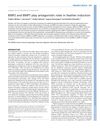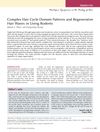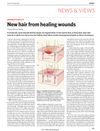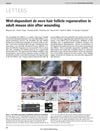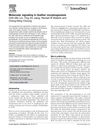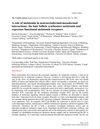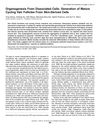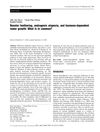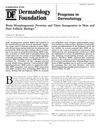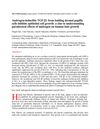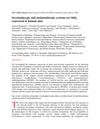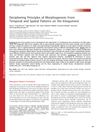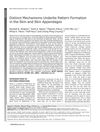Module-Based Complexity Formation: Periodic Patterning in Feathers and Hairs
May 2012
in “
Wiley Interdisciplinary Reviews-Developmental Biology
”
progenitor cells genetic information physical-chemical rules developmental timing periodic patterning skin appendages Turing reaction-diffusion model activators inhibitors hormonal status seasonal changes organ metamorphosis tissue engineering hair follicles wounding molecular signaling pathways FGFs BMPs feather morphogenesis hair morphogenesis stem cells activator/inhibitor dynamics hair follicle cycling hair follicle regeneration evolutionary development integument patterns hair regeneration therapies fibroblast growth factors bone morphogenetic proteins
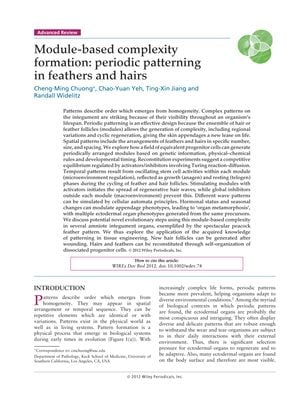
TLDR The conclusion is that understanding how feathers and hairs pattern can help in developing hair regeneration treatments.
The document reviews the biological mechanisms behind the complex patterning of feathers and hairs, focusing on the role of progenitor cells, genetic information, physical-chemical rules, and developmental timing. It explains how periodic patterning allows for complexity, regional variations, and cyclic regeneration in skin appendages. The Turing reaction-diffusion model is discussed as a way to understand the competitive equilibrium between activators and inhibitors that regulate this patterning. The study also examines the impact of hormonal status and seasonal changes on organ metamorphosis, and the potential applications of these findings in tissue engineering, such as regenerating hair follicles after wounding. It highlights the importance of molecular signaling pathways, such as those involving FGFs and BMPs, and the context-dependent nature of these pathways in feather and hair morphogenesis. The document also explores the role of stem cells and activator/inhibitor dynamics in hair follicle cycling and regeneration, and the evolutionary development of complex integument patterns from dinosaurs to birds. Lastly, it suggests that understanding periodic pattern formation is crucial for developing hair regeneration therapies and that this knowledge can be used to guide the formation of hairs with desired characteristics.

